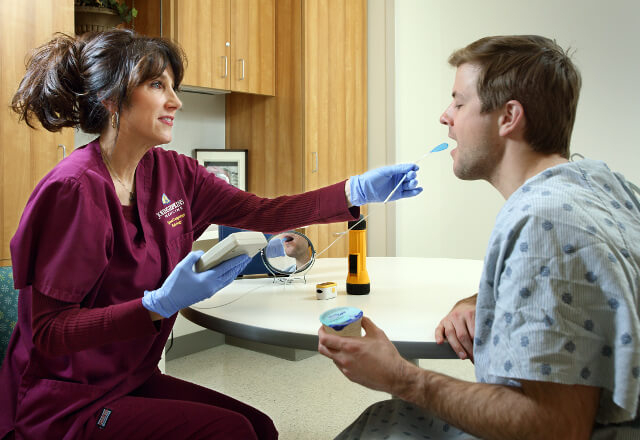Rehabilitation means supporting individuals to modify or recover the entire potential of their body and to survive healthy and active lives again. Research has shown that it's a great way to improve mobility, activity level and quality of life. If you want to explore more about best driving evaluation and rehabilitation you can search the browser.

Image source google
When rehabilitation is combined with physiotherapy treatment, people enjoy much better results for their health problems. The treatment is given to treat diseases, injuries, and various other disorders through physical methods like manipulation, exercise, and massage over the surgery and medication.
The majority of the people may think that physiotherapists can just deal with the cases of sports or back-related injuries, but it is just misconception. Physiotherapists are highly skilled and trained professionals who are dedicated to improving the quality of a person's life using different treatments to restore function and alleviate pain. And, in the case of permanent disease, they try to mitigate the risk of any dysfunction.
Here, let's have a look at the benefits of rehabilitation physiotherapy:
This effective therapy makes a distinction by enabling individuals to live a healthy and active lifestyle. For the disabled, senior and persistently sick people, physiotherapy is the best solution for maintaining and restoring the physical functions, coordination, improving joint mobility, strength and cardio-respiratory function. In South West London, most of the physiotherapists follow a common method for providing treatment.
They start handling a patient by firstly carrying out the complete study to record the patient's disabilities, including physical, emotional and physiological factors. After this, physiotherapists teach a comprehensive set of exercises to the patients. They also prescribe simple exercises and stretches that can be easily incorporated into the hectic schedule
